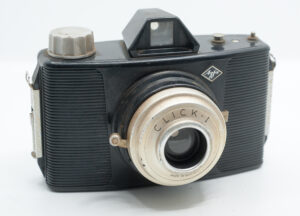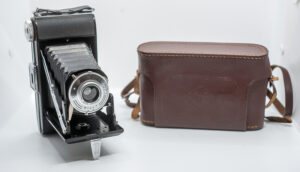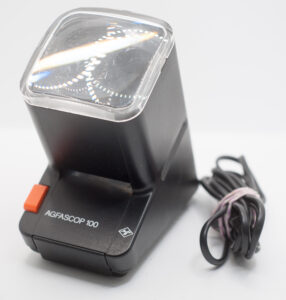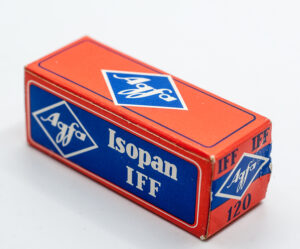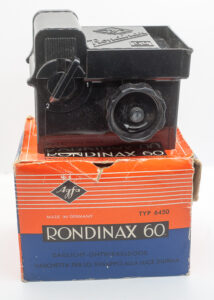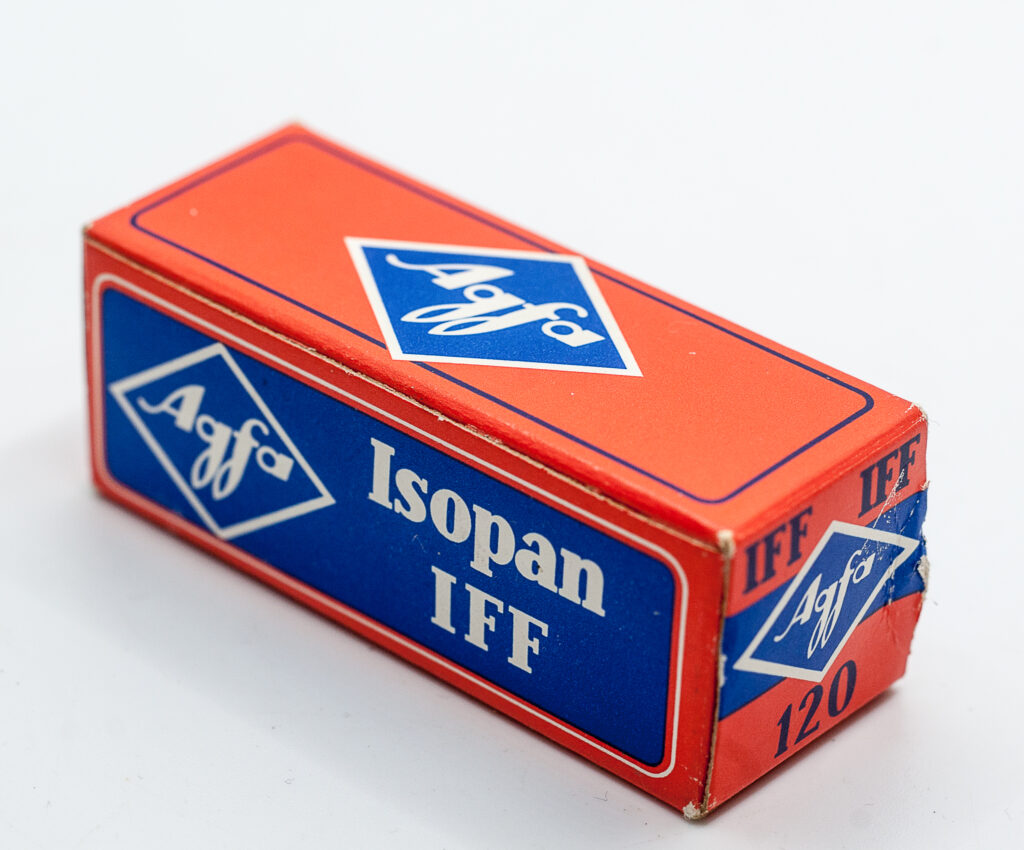analog photography, camera, Camera History
The History of Agfa
Agfa, which stands for “Aktiengesellschaft für Anilinfabrikation,” has a long and storied history that dates back to the 19th century. Here is a brief overview of its history:
- Foundation and Early Years (1867-1900): Agfa was founded in 1867 in Berlin, Germany, by Paul Mendelssohn Bartholdy and Carl Alexander von Martius. The company initially focused on the production of chemicals, particularly dyes and stains for microscopy. Its name, “Aktiengesellschaft für Anilinfabrikation,” reflects its early specialization in aniline dyes.
- Photographic Expansion (1890s-1920s): In the late 19th century, Agfa began to shift its focus towards the growing field of photography. The company developed innovative photographic plates and papers. In 1908, they introduced the first commercially successful color film, called Agfacolor.
- Merger with Bayer (1925): In 1925, Agfa merged with the German chemical company Bayer to form IG Farben. This merger allowed Agfa to expand its research and development capabilities and become a major player in the global chemical and photographic industry.
- World War II and Post-War Era (1930s-1940s): During World War II, IG Farben, including Agfa, was heavily involved in the production of chemicals and materials for the Nazi war effort. After the war, IG Farben was dissolved by the Allied forces, and Agfa emerged as an independent company again.
- Technological Advancements (1950s-1990s): Agfa continued to innovate in the field of photography and imaging. In the 1950s, they introduced the Agfacolor CT18, which was the first single-layer color reversal film. Agfa also developed the Agfacolor Neu film system, which gained popularity in the 1960s.
- Digital Transition (Late 20th Century): With the advent of digital technology in the late 20th century, Agfa transitioned from traditional photographic products to digital imaging solutions. They developed a range of products, including medical imaging equipment and digital printing technology.
- Restructuring and Rebranding (2000s): Agfa faced financial challenges in the early 2000s and underwent a series of restructuring efforts. The company also rebranded itself as Agfa-Gevaert to emphasize its focus on imaging and technology.
- Diversification (2010s): In the 2010s, Agfa-Gevaert continued to diversify its product offerings, expanding into healthcare IT solutions, digital radiography, and industrial printing.
- Recent Developments: As of my last knowledge update in September 2021, Agfa-Gevaert remained a prominent player in the imaging and healthcare technology industries. However, please note that the company’s activities and focus may have evolved since then.
Agfa has, through the 3 centuries they have operated, been known for producing a wide range of cameras over their long history, with some models gaining popularity and historical significance. Here are a few of the most popular and historic Agfa camera models:
- Agfa Box Camera: Agfa produced various box cameras over the years, with models like the Agfa Box 44 and Agfa Box 66 being well-known. These simple cameras were popular for their ease of use and affordability.
- Agfa Clack: The Agfa Clack, introduced in the 1950s, was a popular medium-format camera known for its simplicity and robustness. It was often used for family photography.
- Agfa Isolette: The Isolette series of folding cameras was produced by Agfa from the 1930s through the 1950s. These cameras were known for their high-quality lenses and compact design.
- Agfa Karat: The Agfa Karat series of cameras, introduced in the 1930s, featured interchangeable film backs and advanced features for their time. They were well-regarded for their build quality and optics.
- Agfa Optima: The Optima series, starting with the Optima I in the 1950s, was notable for its compact, sleek design and automatic exposure control. The Agfa Optima 500, in particular, gained popularity.
- Agfa Super Silette: This rangefinder camera, produced in the 1950s and 1960s, was known for its quality optics and build. It was popular among amateur photographers.
- Agfa Billy Record: The Billy Record series, produced in the 1930s and 1940s, featured folding cameras known for their excellent lenses and image quality.
- Agfa Super Isolette: This was a high-end folding camera produced in the 1950s. It was known for its exceptional build quality and sharp optics.
- Agfa Vista Series: The Vista series of 35mm cameras, including models like the Agfa Vista 200 and Vista 400, were popular in the 1960s and 1970s for their ease of use and affordability.
- Agfa Flexilette: The Flexilette was a 35mm twin-lens reflex (TLR) camera produced in the 1960s. It was a unique TLR design with interchangeable lenses and viewfinders.
These are just a few examples of popular and historic Agfa camera models. Agfa’s history spans many decades, and they produced a wide variety of cameras to cater to different types of photographers and photographic needs. Some of these cameras are now considered collector’s items due to their historical significance and unique features.
Agfa’s history is marked by its significant contributions to the development of photographic and imaging technologies, as well as its ability to adapt to changing technological landscapes over the years.
